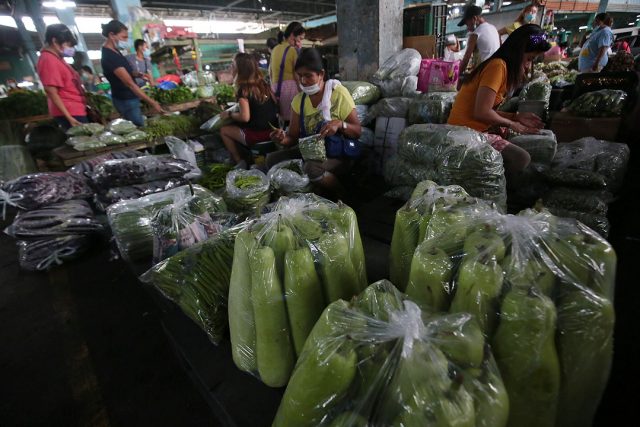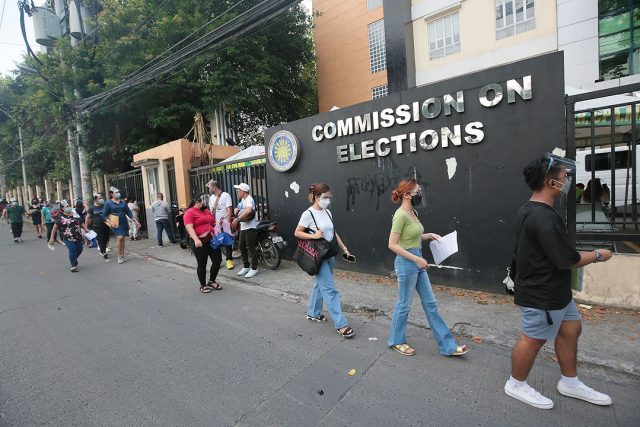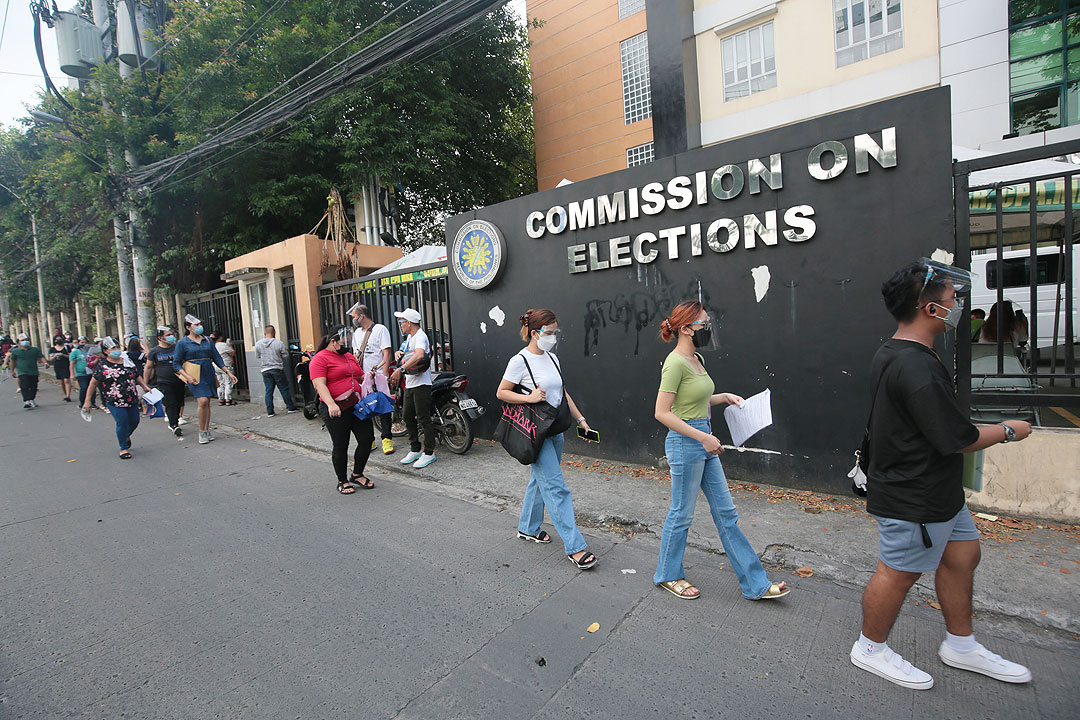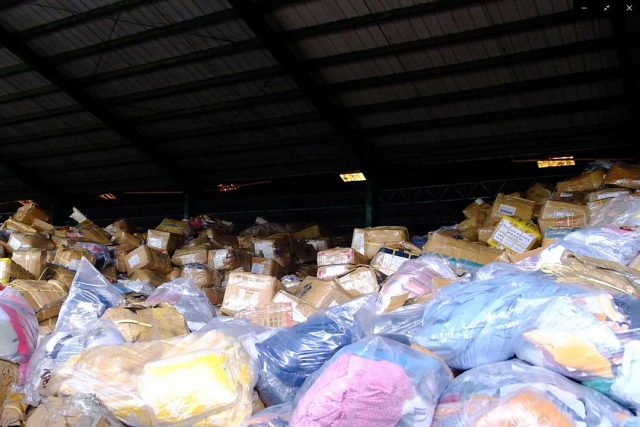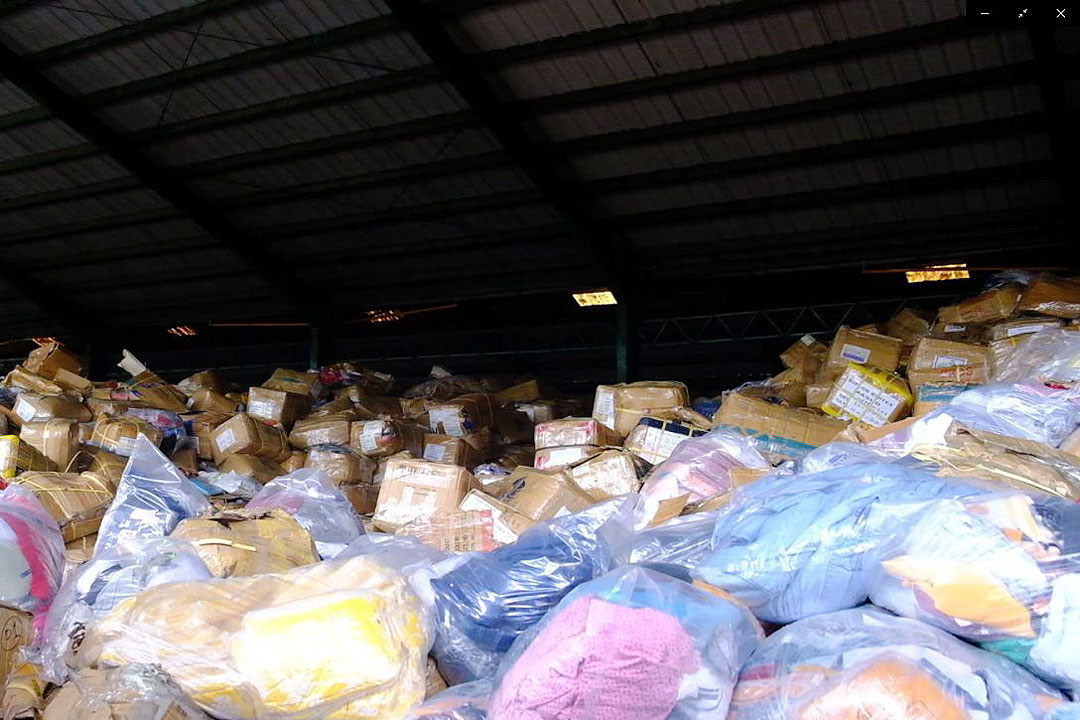Transforming dreams: The charm of suburban living at SMDC Calm Residences
There is an age-old aphorism that everything starts with a dream – your dream of living in a house with a garden, of friendly neighbors and of weekends when you can just happily stroll or bike around the village.
What if you could turn this dream into reality – and something better?
Let SMDC unveil, for dreamers like you, a peaceful, quiet, and worry-free community in a charming setting in the suburbs.
A tranquil development amid the highly progressive city of Sta. Rosa, Laguna, SMDC Calm Residences is an ideal place to raise your growing family. This suburban garden community has made possible your aspiration of a good life for your family, where everyone can live in a community that is safe, convenient and comfortable.
SMDC has become the country’s leader in community-building. Committed to building a nation of homeowners based on the three pillars of sustainability – social, economic, and environmental – SMDC develops not just homes but communities that provide you with your immediate needs while securing the needs of the future generation of homeowners.

A Dream Community in the South
Sta. Rosa’s prime location and well-connected development make Calm Residences a very promising real estate investment. Whether you will be attending a meeting in Manila, hitting the road for a beach in Batangas or trying out a hip cafe in Tagaytay for brunch, Calm Residences will provide easy access to major road networks. These include CALAX going to Cavite or SLEX and Skyway Extension going to the airport and the north.
Imagine living in a dynamic community where work and play are a calming symphony. With top-tier educational institutions such as the Ateneo Graduate School of Business, Polytechnic University of the Philippines, University of Santo Tomas-Santa Rosa Campus, Xavier School and Brent International School; food manufacturing giants such as Coca Cola and Asia Brewery; along with essential establishments like malls, hospitals, banks, supermarkets and public spaces, living in Calm Residences opens doors to endless opportunities.
Enjoy access to a complete set of amenities and modern facilities, including a conveniently accessible transport hub, the Sta. Rosa Laguna Integrated Bus Terminal in Balibago, perfect for those working in Metro Manila and nearby areas. There’s reliable Wi-Fi for residents working or studying from home. Meanwhile, a safe and secure neighborhood managed 24/7 by SMDC’s professional management team allows you to sleep well at night, knowing that you and your family are in good hands.

A Dream Garden
Lush, greenery-filled haven of pocket gardens and parks that soothe and relax. Landscaped spaces that allow serene nature walks and creative thinking. This is the dream garden that awaits you at SMDC Calm Residences.
Surrounded by the warm, smog-free breeze and clear summer skies, indulge in the cool waters in the resort-style swimming pool. A quick basketball game or a workout in the sports and recreational amenities fosters camaraderie with fellow-residents.
Your dream garden at Calm Residences is a place that allows you to nourish and nurture your body, mind and soul.

A Dream for the Future
You dream of financial stability not just for yourself but especially for your family – passive income for your children’s education, your retirement, rainy days, and extra income so you can fulfill your travel and bucket-list dreams.
With a minimal capital outlay, owning a home at SMDC Calm Residences gets you much closer to your dream. Its ideal location, complete and connected development, resort-style amenities and exceptional management will give rise to high value that will continue to appreciate over time. A solid investment, a legacy that will last a lifetime.
Keep Calm. You are about to live your dream.

For more information on SMDC, visit https://smdc.com.
Spotlight is BusinessWorld’s sponsored section that allows advertisers to amplify their brand and connect with BusinessWorld’s audience by enabling them to publish their stories directly on the BusinessWorld Web site. For more information, send an email to online@bworldonline.com.
Join us on Viber to get more updates from BusinessWorld: https://bit.ly/3hv6bLA.




